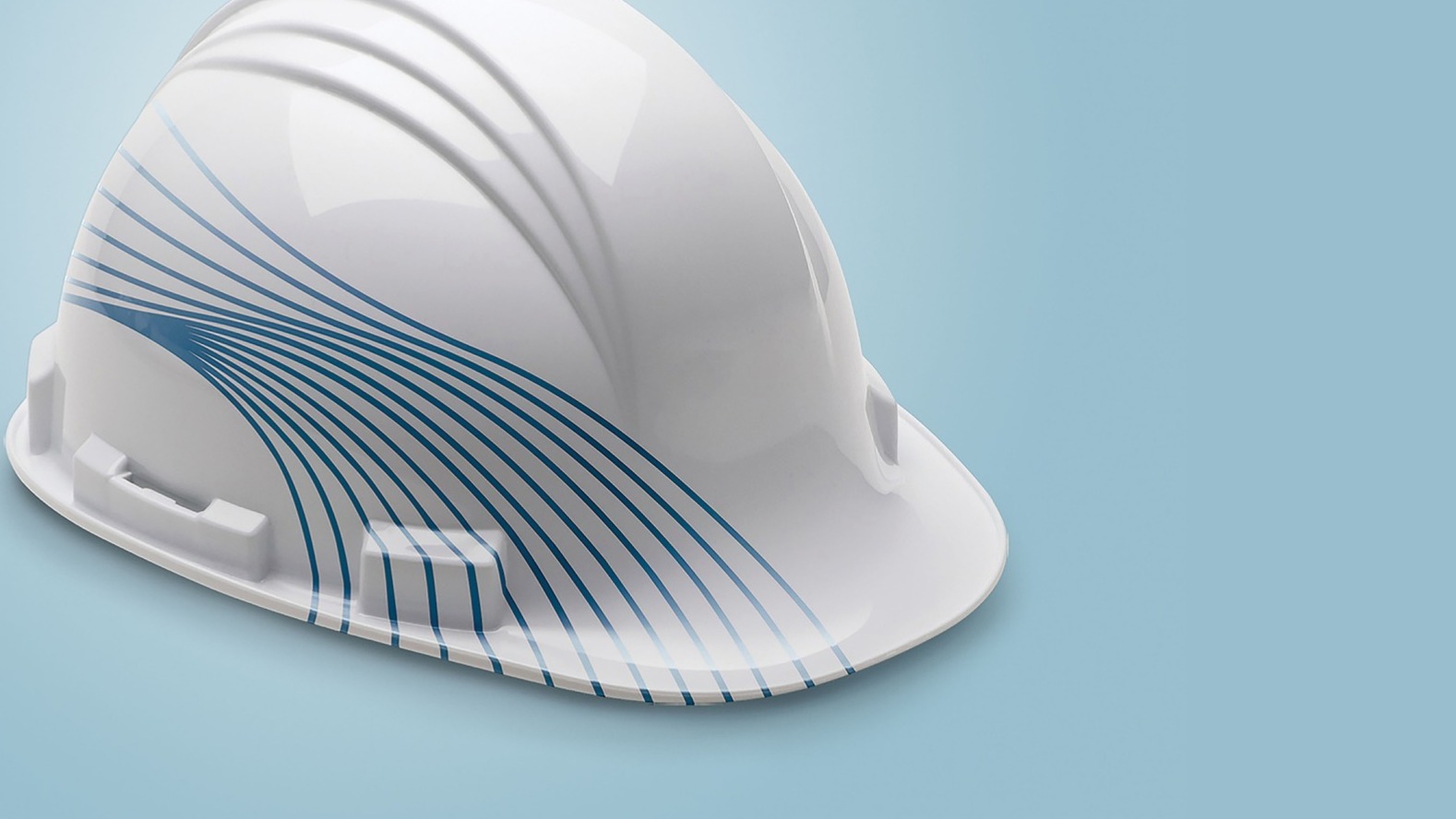
Residential Insulation in Midland, TX
Residential Insulation in Midland, TX: Benefits and Costs
Insulating your residential property in Midland, TX, can bring a host of benefits, including improved energy efficiency, comfort, and cost savings. In this article, we will explore the benefits, costs, and procedures associated with residential insulation in Midland, TX.
Whether you are considering insulating a new home or upgrading the insulation in an existing one, this guide will provide you with valuable information to make informed decisions. Let's get started!
Benefits of Residential Insulation
Energy Efficiency: Proper insulation helps to create a thermal barrier, preventing heat transfer between the interior and exterior of your home. This reduces the need for excessive heating and cooling, resulting in energy savings and lower utility bills.
Improved Comfort: Insulation helps to maintain consistent indoor temperatures throughout the year. It keeps your home warm during the winter and cool during the summer, providing a comfortable living environment for you and your family.
Noise Reduction: Insulation also acts as a sound barrier, reducing the transmission of noise from outside or between rooms within your home. This can help create a quieter and more peaceful living space.
Moisture Control: Insulation materials with proper vapor barriers can help prevent condensation and moisture buildup within your walls. This reduces the risk of mold and mildew growth, protecting your home's structure and indoor air quality.
Environmental Impact: By reducing your home's energy consumption, insulation contributes to a greener and more sustainable living environment. It minimizes the carbon footprint associated with heating and cooling, helping to combat climate change.
Costs of Residential Insulation
The cost of residential insulation in Midland, TX, can vary depending on factors such as the size of your home, the insulation material chosen, and the complexity of the installation. On average, homeowners can expect to spend between $1,500 and $5,000 for insulation installation. While there is an upfront cost involved, the long-term energy savings and increased property value often outweigh the initial investment.
Insulation Procedures for Residential Properties
The process of insulating a residential property typically involves the following steps:
Assessment: Begin by assessing the current insulation status of your home. Identify areas that need insulation or areas with existing insulation that may require upgrades or repairs.
Material Selection: Choose the appropriate insulation material based on factors such as R-value, moisture resistance, and compatibility with your home's construction. Common options include fiberglass batts, cellulose, spray foam, and rigid foam boards.
Preparation: Prepare the area to be insulated by clearing any obstructions, ensuring the surfaces are clean and dry, and sealing any air leaks or gaps.
Installation: Install the insulation material according to the manufacturer's guidelines. This may involve cutting and fitting insulation into wall cavities, attics, crawlspaces, or basement areas. Ensure proper coverage and avoid compression or gaps that could compromise the insulation's effectiveness.
Vapor Barrier Installation: In areas with high humidity, installing a vapor barrier can help prevent moisture from entering the insulated spaces. This step may be necessary in certain parts of your home, such as basements or crawlspaces.
Sealing and Air Leakage Control: Seal any remaining gaps, cracks, or air leaks in your home's envelope using caulk, weatherstripping, or spray foam. This further enhances the insulation's performance and energy efficiency.
Professional Assistance: While some homeowners may choose to tackle insulation projects themselves, hiring a professional insulation contractor ensures proper installation and optimal results. Professionals have the knowledge, experience, and equipment to handle insulation projects of varying sizes and complexities.
FAQs about Residential Insulation
Q: How much can I save on energy costs by insulating my home? A: The amount of energy savings depends on several factors, including the insulation's effectiveness, your home's size, and your heating and cooling habits. On average, homeowners can expect to save anywhere from 10% to 50% on their energy bills after insulation installation.
Q: How long does residential insulation last? A: The lifespan of residential insulation can vary depending on the material used and proper maintenance. Most insulating materials, on the other hand, have a lifetime of 20 to 30 years or more.
Q: Can I insulate my existing home without tearing down walls? A: Yes, various insulation methods allow for retrofitting existing homes without major wall modifications. For example, blown-in insulation can be installed through small access holes, and spray foam insulation can be applied directly to existing surfaces.
Q: Are there any rebates or incentives available for residential insulation in Midland, TX? A: It's worth exploring local utility programs, government initiatives, or energy efficiency incentives that may provide rebates or financial assistance for insulation upgrades. These programs can help offset the installation costs.
Conclusion
Investing in residential insulation in Midland, TX, offers numerous benefits, including energy efficiency, improved comfort, noise reduction, moisture control, and environmental sustainability. While there are upfront costs involved, the long-term savings and increased property value make it a worthwhile investment.
By following the insulation procedures outlined in this article and considering professional assistance, you can ensure a successful insulation project for your home.